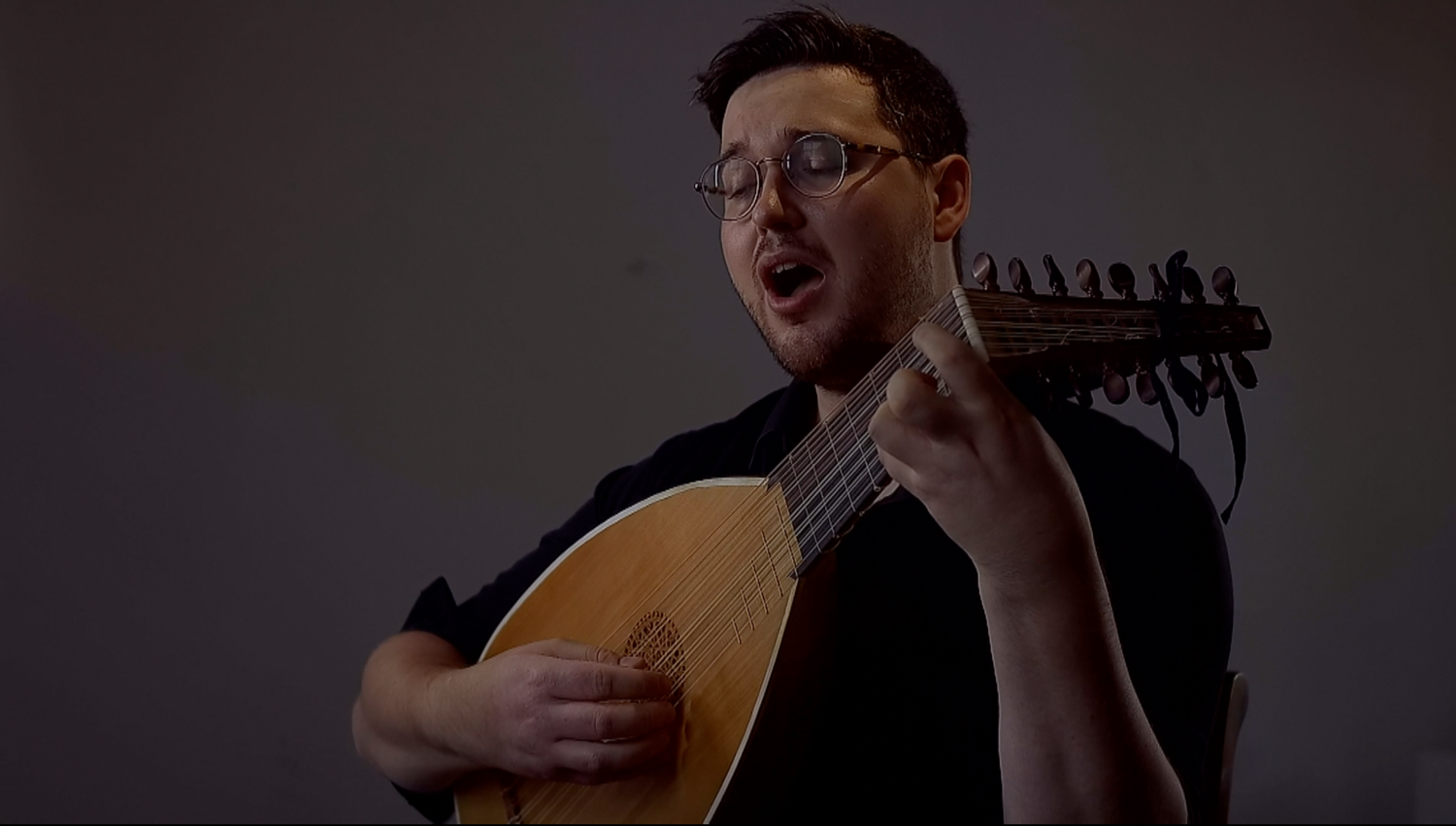Giovanni Battista Martini on Singing ‘all’improvviso’ on a Cantus Firmus (1774):
- Tim Braithwaite

- May 5, 2021
- 4 min read
'Among the compositions made above a cantus firmus by the masters of the art, those [made] above introits are unique, and are used especially in Cathedrals, as well as in other Churches, on the main solemnities. They practiced this sort of composition in two ways:
1. the first way was above the cantus firmus, sung mostly by the basses, with the other parts added by improvising [componevano all’improvviso], forming a single melody together with all the sopranos, the same with all the altos, and also all the tenors, coming to form a counterpoint in four voices with the bass. [This] I heard sung in that way of singing called ‘contrappunto alla mente’ in 1747, to my great pleasure and admiration, by the pontifical cantors in Rome, at the Basilica patriarcale di San Giovanni in Laterano, on the day of the ascention of our Lord Jesus Christ.
The Rules for composing this sort of counterpoint are expressed by Pietro Aaron (Toscan. Music. lib. 2 Cap. 21) Zarlino (Inst. Harmon. P. 3 Cap. 58) Lodov. Zacconi (Pratt. di Musi. Lib. 2 Cap. 34) and by others, but particularly by Gio: Maria [Artusi] and Bernardino Nanini in a manuscript treatise.
These rules, learned precisely from the Cantors, come to form many pieces of improvised music, and must serve as an example and an incentive to masters of music and composers [so that they might] apply themselves more to study, and take possession of the true rules of their Art.
2. The other way is that which is found in the present example practiced by this author, as well as [those made] by others, in particular by Costanzo Porta. These masters, considering that it is not easy to provide the chapels with cantors who are all capable of composing the aforementioned ‘contrappunto alla mente’ [improvised counterpoint], so called in order to distinguish it from written counterpoint, which they called ‘ad videndum’ (Giovanni del Lago Introdut. De Musica), applied themselves to compose them [these introits], and to print them for the convenience of the cantors.’
‘Tra le Composizioni fatte da’ Maestri dell’Arte sopra del Canto fermo, sono singolari quelle sopra degl’Introiti, che vengono usati, specialmente dalle Cattedrali, ed altre Chiese nelle principali Solennità. In due modi praticarono questa sorta di Composizioni,
1. il primo fu che sopra del Canto fermo cantato per lo più dai Bassi, le altre parti vi componevano all’improvviso, formando una sola Melodia assieme tutti i Soprani, l’istesso tutti i Contralti, così pure tutti i Tenori, venendo a formare col Basso un Contrappunto a quattro Voci, come con mio gran piacere, ed ammirazione intesi cantare nel 1747 dai Cantori Pontifizi in Roma nella Basilica Patriarcale di S. Gio: Laterano il giorno dell’Ascensione di N. S. G. C., qual modo di cantare vien chiamato Contrappunto alla mente. Ritrovarsi esposte le Regole per comporre tal Contrappunto da Pietro Aaron (Toscan. Music. lib. 2 Cap. 21) Zarlino (Inst. Harmon. P. 3 Cap. 58) P. Lodov. Zacconi (Pratt. di Musi. Lib. 2 Cap. 34), e da altri, ma singolarmente da Gio: Maria, e Bernardino Nanini in un Tratt. MS. Queste Regole, apprese esattamente dai Cantori, vengono a formare tanti Componimenti di Musica, all’improvviso, e che devono servire di Esempio, e stimolo ai Maestri di Musica, e Compositori a sempre più applicarsi allo studio, e impossessarsi delle vere Regole della loro Arte.
2. L’altro modo è quello, che riscontrasi nel presente Esempio praticato da questo Autore, e da altri, singolarmente del P. Costanzo Porta Minor Conventuale Considerando questi Maestri, che non è facile il provvedere le Cappelle di Cantori tutti capaci di comporre l’accennato Contrappunto alla Mente, così chiamato per distinguerlo dal Contrappunto scritto, che nominarono ad videndum (Giovanni del Lago Introdut. de Musica), si applicarono a comporli, e darli alla luce colle Stampe per comodo de’ Cantori’
*Notes*
Giovanni Battista Martini, Esemplare O Sia Saggio Fondamentale Pratico Di Contrappunto Sopra Il Canto Fermo(Bologna: Lelio Dalla Volpe, 1774). My translation.
Charles Burney, A General History of Music, vol. 2 (London: Printed for the author, 1782), 142.
This passage is famously mentioned by Charles Burney in his General History of Music (1782), who says the following:
‘Discant by the Italians is called Contrappunto alla mente, or all’improviso. Padre Martini (a) heard this kind of harmony a quattro voce produced in great perfection at the church of St. John Lateran in Rome, 1747. It is called by the French, Chant sur le livre. “To compose a part upon seeing only the chant upon which it is to be built is very difficult, and requires, says, says Rousseau, great knowledge, habit, and quickness of ear in those who practice it; and the more so, as the key is not always so easily found as in modern music. However, there are musicians in the chuch so well versed in this kind of singing, that they lead off, and even carry on, fugues extempore, when the subject will allow it, without conounding or encroaching upon the other parts, or committing a single fault in the harmony (b).”
(a) Saggio di Contrappunto, p.57, No. (1).
(b) After this kind of discant ceased to be practised in our church, it was common for musical students to exercise themselves in singing upon a plain-song; and to play upon a ground was frequently practised at the beginning of this century, which perhaps was not an unprofitable study for young musicians, as it facilitated extempore playing. But then, as it allowed no time for selecting notes or correcting errors, it obliged the student to accommodate himself to imperfection of design and inaccuracy of execution.’
The images below show the introit by Falconi to which Martini refers in this passage.










Comments